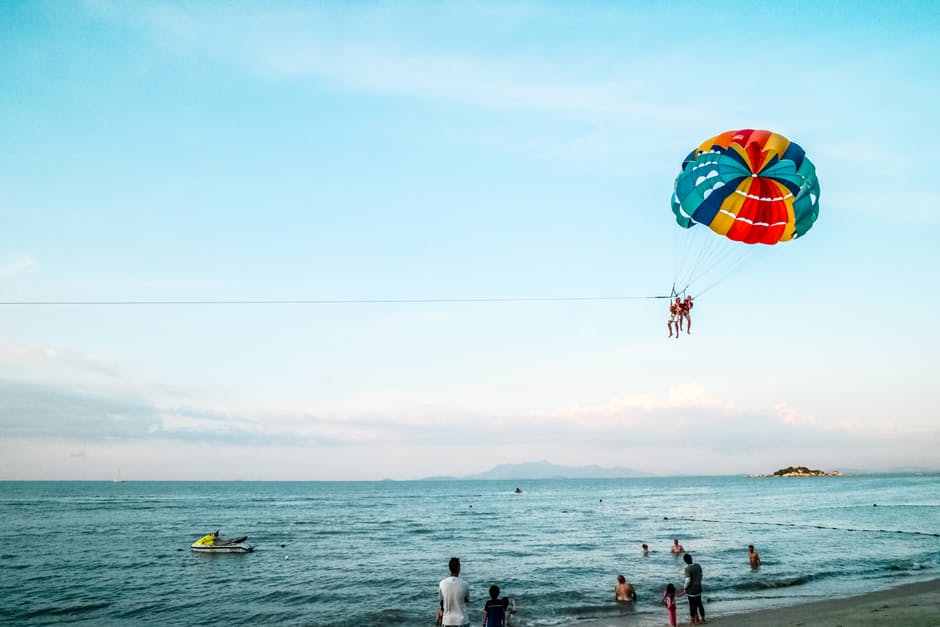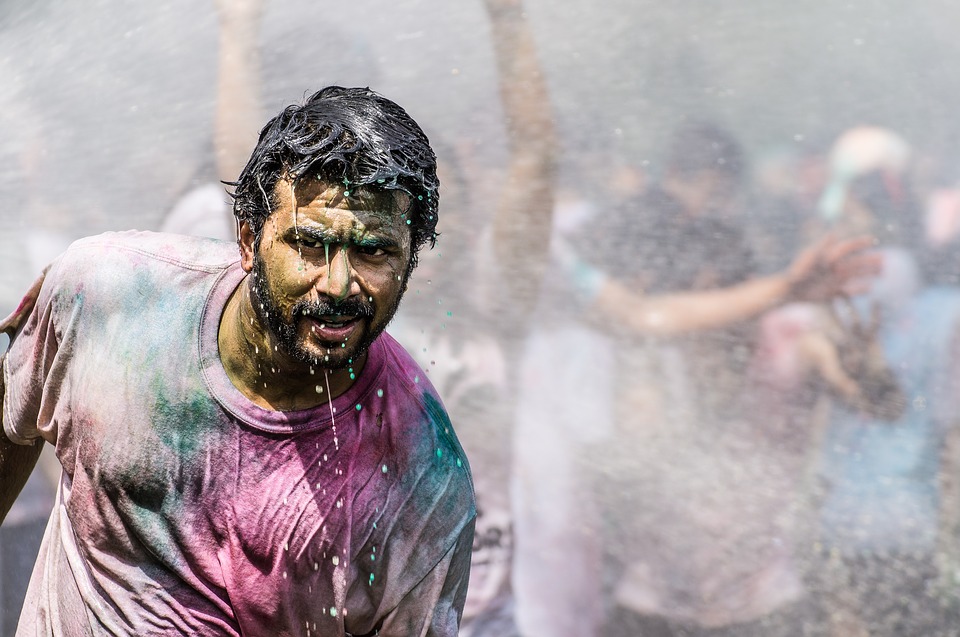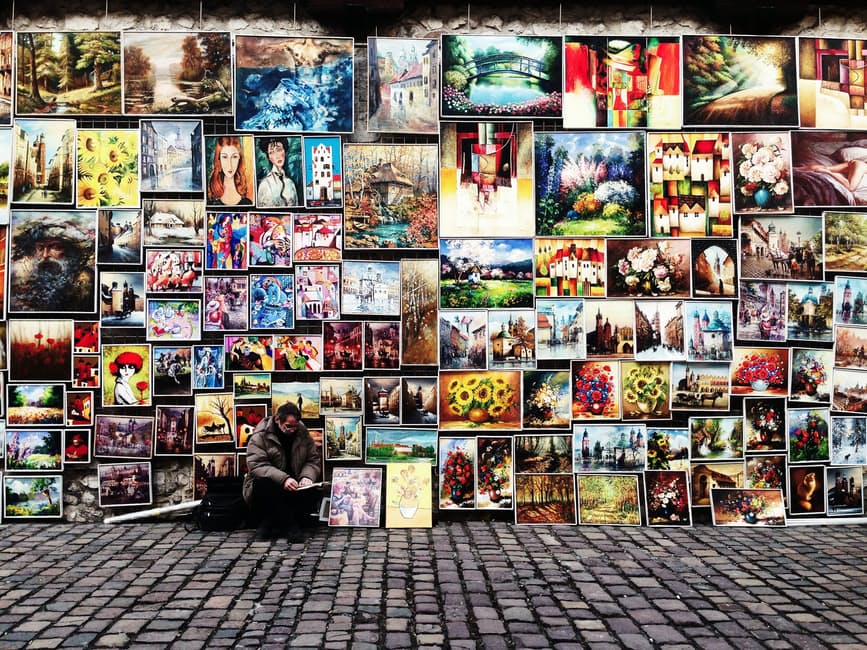Through social media and emerging technologies it’s become so easy to connect with friends from all over the world, offering the illusion that the world is small. When you travel, you realize that the world is actually quite vast and there is so much to explore. And like many other artistic disciplines, the visual arts are heavily influenced by environment and geography. But what’s included in the visual arts?
Visual arts encompass many fields, influence, and inspirations, and international education can feed a person’s work for years to come. In our own visual arts programs like cinematography, photography, illustration, and graphic design, studying in an international community or location will enrich your studies as you experience local architectural, environmental, and industrial arts, as well as the folk arts and culture — ceramics, jewelry, woodwork and paper (book arts anyone?).
So how can international travel play a role in your visual artistry? We’ve got some ideas listed below. International education:
1. Provides perspective.
Whether traveling domestically or internationally, travel forces us out of our comfort zones. And for visual artists, the world provides a diversity of landscapes from which we can be inspired. From the rolling hills in a California countryside, to a sprawling Brazilian metropolis, the world is a canvas. From it, we can draw inspiration and in turn contribute by making our own mark. Whether sculpting or painting, or even designing urban spaces, exposure to different countries and cultures — both the good and the uncomfortable of it — forces us to increase our knowledge and open up our perspective.
2. Builds courage.
Being thrown into unknown situations and learning how to come out on the other side takes courage! Not only have you survived, but you’ve become a little more independent, self-reliant, and perhaps more importantly, self-reflective. It takes courage to step into the unknown and even more to survive. This newfound courage can easily spill over into other areas of your life, where suddenly, playing around with that new idea — a new brush stroke, an additional sketch — doesn’t seem so scary. You’ll find that it becomes easier to stretch yourself, to dare yourself to take those experimental leaps that it seems none of the other artists are doing, and yet you are inspired and driven to do it. International education helps to build your courage to dig deeper into your authentic self.
3. Enhances Creativity
The more time spent immersed in foreign experiences, the more flexibility and depth you are able to bring to your art. But the key here is immersion. While you may not necessarily experience cultural immersion on a trip to a Cancun resort, going there and spending time with local schoolteachers may do the trick of offering you an authentic perspective of life in a different place and culture. Traveling exposes you to different experiences while forcing you to problem-solve in a foreign environment, and at times in a foreign language, while you build alliances with people who may be very different from you. Traveling teaches you how to develop creative solutions. Add this to your education, and you are learning on a whole other level. Creative problem solving is a skill built out of necessity, that has the potential to beautifully elevate your artistic palette as well as your understanding of the world around you.
4. Exposure to the interconnectedness of art.
There are connections everywhere, and the more you travel, the more you realize that the world is a patchwork of seemingly very different people who fundamentally want a lot of the same things. International education encourages the discovery of interconnectedness — in art, in knowledge, in people. And visually speaking, seeing some of the bastions of life translated in another culture expands your definition of them. Church might have a universal definition, but architecturally it is expressed a myriad of ways from Spain to Senegal. In Japan, animation has exploded with new forms being developed regularly that can be borrowed from and built upon. Like Monet and his seascapes, the relationship between artist and his or her environment can provide a fascinating artistic oeuvre.
How has international education, studying abroad, or studying in an international community helped you develop your visual art?



